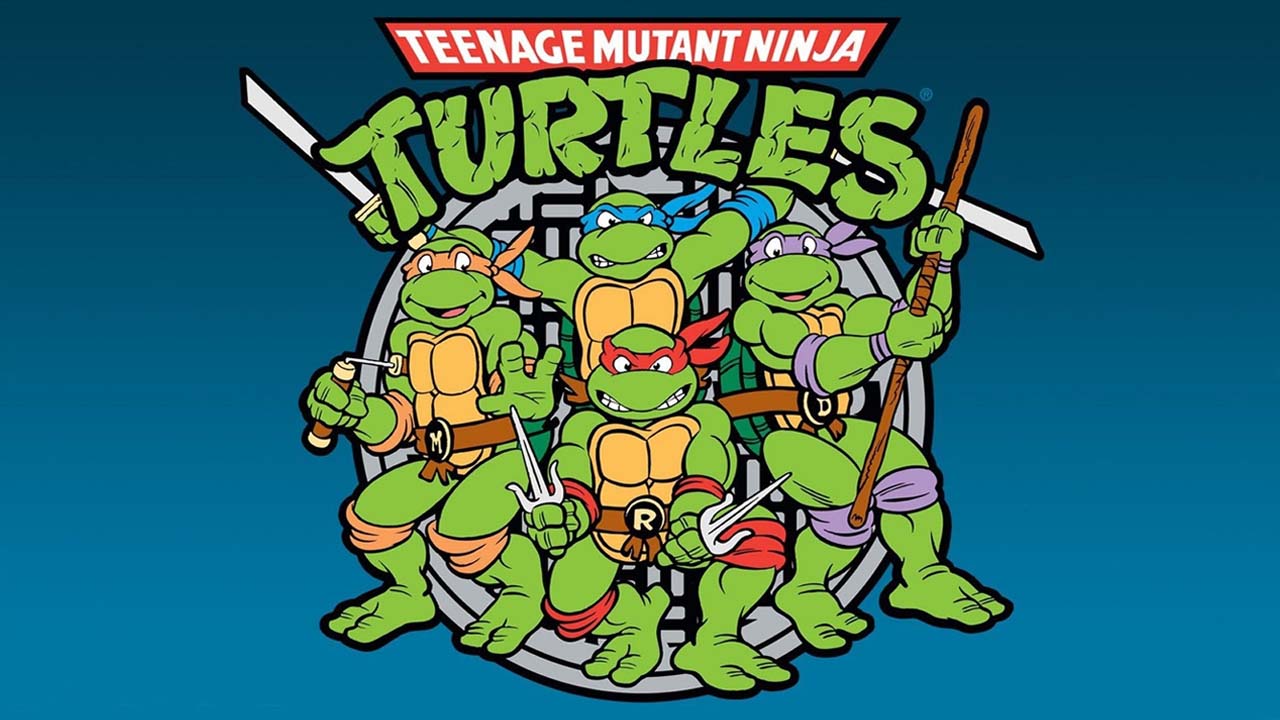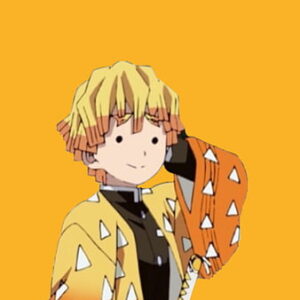Cowabunga dudes!
If you’re an 80s kid, then you will likely remember that phrase and it’s origin from the original Teenage Mutant Ninja Turtles (TMNT) TV show!

The year was 1984 when Eastman and Laird, seeking to create something unconventional and fun, self-published the very first issue of TMNT under their Mirage Studios. Little did they know that their quirky creation, featuring four anthropomorphic turtles named after Renaissance artists, would become a phenomenon.

In its early days, the Teenage Mutant Ninja Turtles comic book achieved a modest level of success, resonating with readers who found joy in its satirical humour and the turtles’ mastery of martial arts.
However, it was the power of word-of-mouth that ignited a wildfire of popularity, propelling the franchise to heights beyond expectations. Much of this success can be attributed to the TMNT Saturday morning cartoon, which captivated audiences and solidified the turtles’ place in pop culture.

Capitalizing on the growing fanbase, Playmates Toys obtained the licensing rights and ventured into creating a line of TMNT toys. While the toys managed to break even, they fell short of Playmates’ ambitious expectations for profitability. In response to this, a strategic move was made to extend the brand’s reach. A TV mini-series, comprising the first five episodes, was developed to serve as a promotional platform and further market the TMNT franchise.
This calculated approach to leverage multiple media platforms—comic books, toys, and television—proved to be a pivotal turning point in TMNT’s trajectory. The synergy between the comic book’s quirky charm, the action-packed animated series, and the toy line’s physical embodiment of the heroes cemented TMNT’s status as a pop culture sensation.

The ensuing success would go on to pave the way for a plethora of spin-offs, merchandise, and even blockbuster films, solidifying the turtles’ position as enduring cultural icons.
TMNT holds a significant place in the hearts of many fans, including yours truly, delivering an engaging blend of action and character-driven storytelling. The show revolves around four distinct turtles—Leonardo, Donatello, Michelangelo, and Raphael—each possessing unique traits and formidable martial arts skills. As they navigate the bustling streets of New York City, they combat the villainous Shredder and his Foot Clan, protecting the city from evil.

Why was it so much fun to watch? The series’ appeal lies not only in its action-packed sequences and formidable adversaries but also in the well-developed personalities of the titular characters and gives us a diverse and lovable group of heroes to root for. Leonardo’s leadership, Donatello’s intelligence, Michelangelo’s humour, and Raphael’s passionate loyalty create a well-balanced quartet of heroes that resonate with audiences of all ages to.
TMNT further captivated viewers with its rogues’ gallery of villains, led by the cunning and malevolent Shredder. The encounters between the turtles and their adversaries showcased dynamic and exhilarating showdowns, keeping audiences eagerly anticipating each episode.

Beyond the action-packed sequences, the show’s underlying themes of friendship, cooperation, and perseverance added depth and emotional resonance. The bond between the four brothers served as the moral compass of the series, emphasizing the importance of unity and support in overcoming challenges.
And who can forget that iconic theme song, “Teenage Mutant Ninja Turtles, heroes in a half-shell,” became an anthem synonymous with the show, igniting excitement and enthusiasm in viewers. Fun fact, here in the UK, the theme song was altered including the show’s name to Teenage Mutant Hero Turtles. Why? Weirdly, the word “Ninja” was considered too violent for British kids and that word was banned in not just children’s TV but all TV and movies shown before the 8pm watershed.

Regardless of that ridiculous censorship, the original TMNT TV show remains a classic that has stood the test of time due to its well-crafted storytelling, relatable characters, and impactful life lessons.
The turtles’ immense popularity did not stop there. They conquered the big screen with their first live-action film in 1990, solidifying their place in cinematic history. The film’s success further fuelled the TMNT phenomenon, leading to several sequels, animated spin-offs, video games, and an ever-expanding merchandising empire. It continues to captivate both new and nostalgic audiences, transcending generations to secure its place as a cherished piece of pop culture history.






